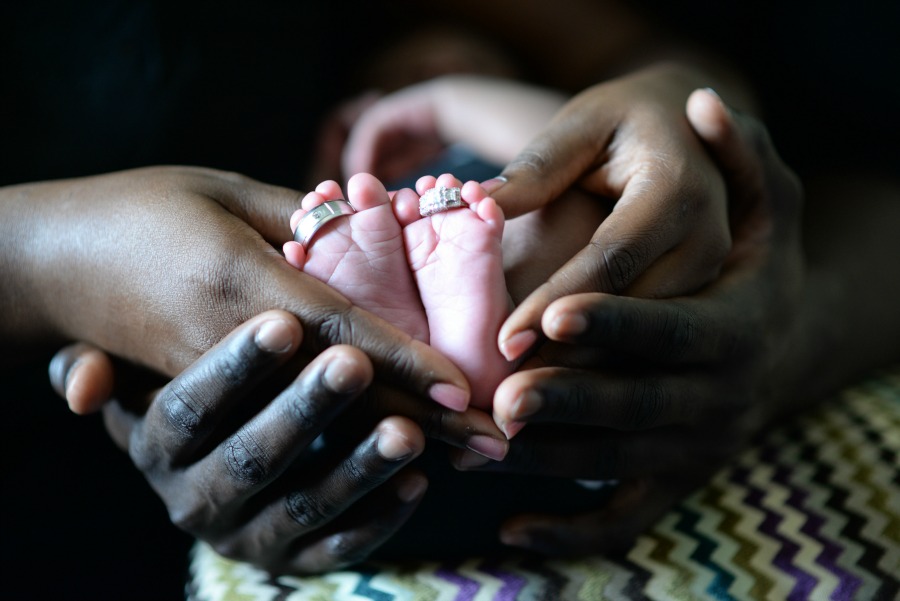TOP TIPS TO HELP KEEP FEET HEALTHY.
Follow our simple steps to help keep your feet in tip-top shape and reduce your risk of developing any problems.
If you do develop any problems with your feet, there are some easy things you can do to manage them and help prevent any issues becoming more serious.
Condition What can I do to help manage it or prevent it getting worse?
Corns and calluses Hard, thickened areas of skin, caused in response to rubbing, friction or pressure on the skin. • Gently rub the area with a pumice stone or foot file while bathing, or immediately afterwards • Apply moisturising cream after bathing as this may help to soften the skin • If the corns or calluses are on your toes, avoid narrow fronted shoes • Do not be tempted to use acid based removal devices without medical supervision • If your corns are painful enough to need cushioning, visit a podiatrist for removal of the corns
Athlete’s foot A fungal infection that commonly affects moist areas of skin, such as between toes – but can also occur in dry, flaky areas such as the heel. • If it’s affecting dry areas, ask your pharmacist for an anti-fungal cream or spray • If it’s in moist areas, wash your feet in cold water then dry them thoroughly – dab, don’t rub. • Avoid using moisturiser/powder between the toes • Applying surgical spirit can help reduce moisture, but only use on unbroken skin • At home get your feet out and let the air get to your toes as much as possible
Heel pain The most common cause is plantar fasciitis, when the band of tissue that runs under the heel becomes swollen. Can be debilitating, affecting walking and posture. • Do regular calf stretches • Wear well-fitting shoes, with good heel cushioning and arch support • Avoid walking or exercising on hard ground • Rest regularly and try not to walk or run too fast • Wear a raised heel (no more than 6-10 mm higher than normal)
Ingrown toenails Develop when the sides of the toenail grow into the surrounding skin. The big toe is often affected, either on one or both sides. The nail curls and pierces the skin, which becomes red, swollen and tender • If left untreated, an ingrown toenail can become infected, so it’s important that you: • keep your feet clean and change your socks regularly • cut your toenails straight across to stop them digging into the surrounding skin • gently push the skin away from the nail using a cotton bud • wear comfortable shoes that fit properly • Surgery may be recommended if your toenail doesn’t improve. Depending on the severity of your symptoms, this may involve removing part or all of the toenail
Bunions A bony lump on the side of your foot where the big toe excessively angles towards the second toe. • Give your toes room to move – wear wider shoes • If you wear high-heeled shoes, do so in moderation • If you want to wear heels every day, keep heel heights to 4cm or less – and vary your heel heights • Choose shoes with laces, or a strap or buckle over the instep • If the bunion becomes inflamed or troublesome, see a podiatrist
